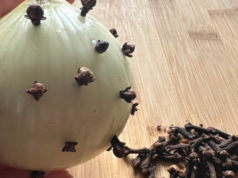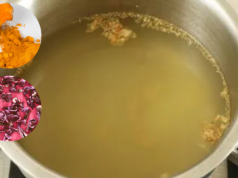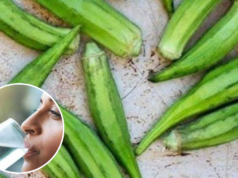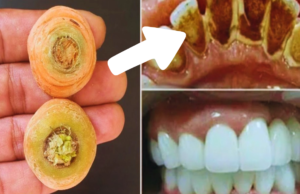Discover the Hidden Power of Prickly Lettuce (Lactuca serriola) 🌱✨
Often dismissed as just another weed, prickly lettuce (Lactuca serriola) has a rich history of medicinal use and offers valuable nutritional benefits. This resilient plant, native to Europe and Asia, has spread worldwide and can be easily identified by its tall stalks, prickly-edged bluish-green leaves, and small yellow flowers. Let’s uncover the surprising uses of this unassuming plant!
Medicinal & Nutritional Benefits of Prickly Lettuce:
🌿 Lactucarium – The “Lettuce Opium”
The milky sap, known as lactucarium, has mild sedative and pain-relieving properties, often used in traditional medicine for stress relief and as a sleep aid.
🛡️ Antioxidants & Vitamins
Prickly lettuce is packed with vitamin A, vitamin K, and iron, making it a nutrient-dense addition to your diet. Its antioxidant properties help reduce oxidative stress, potentially lowering the risk of chronic diseases.
How to Use Prickly Lettuce – From Medicine to Meals:
🌱 Culinary Uses:
Young tender leaves can be added to salads, sandwiches, or stir-fries for a nutritious boost.
Cook stems by boiling or sautéing to enjoy their mild flavor.
💊 Medicinal Uses:
Tea/Tincture: Brew dried leaves to relieve anxiety and insomnia or create tinctures for easy use.
Poultices: Apply crushed fresh leaves for minor skin irritations.
How to Harvest & Prepare:
Harvesting
For culinary use, pick young, tender leaves.
For medicinal use, cut the stem to collect the milky sap (lactucarium).
Preparing Remedies
Fresh Plant Preparation: Slide your hand against the growth direction to remove leaves and create a tincture with high-proof alcohol.
Drying: Use a dehydrator to dry the leaves, then grind them into powder for easy storage.
Extraction: Steep dried plant material in alcohol or water (below 180°F) for several days to create potent extracts.
Storing:
Store concentrated extracts in jars or dry further to form a resin-like consistency for long-term storage.
Tincture: Combine concentrated extract with alcohol, store in labeled dropper bottles for convenient use.
Safety Tips:
Proper Identification: Always confirm that you have the correct plant to avoid toxic lookalikes.
Consult a Professional: Especially if you’re pregnant, breastfeeding, or have underlying health conditions.
Final Thoughts:
Prickly lettuce may be growing in your garden or in the wild, offering more than meets the eye. With its calming, pain-relieving properties, nutritional benefits, and culinary potential, it’s an easy addition to your natural remedy toolkit. Explore this underrated plant and let it work its magic in your health routine!









